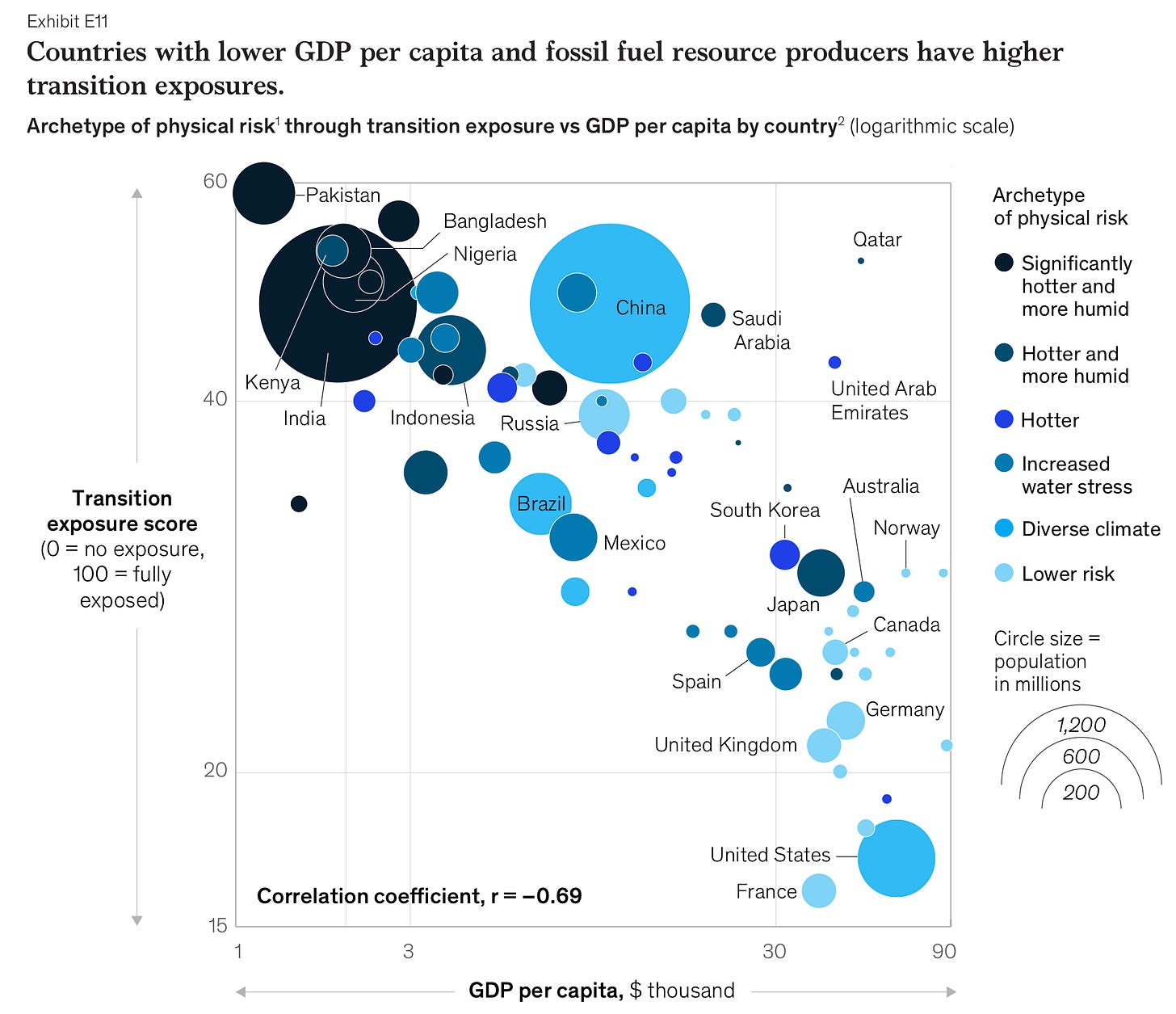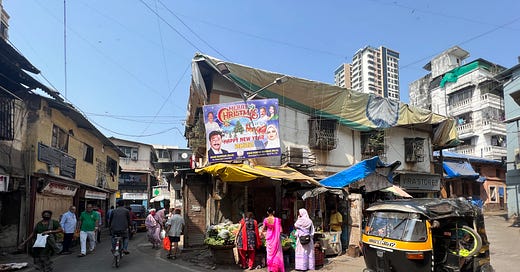It’s Off to India….And (again) here’s why…
No country has more people more exposed to the disruptions of climate change and energy transition, a situation no one on the planet should ignore.
Regular readers of this newsletter — and a hearty thanks to all! — know the focus is on India for now. I want to return to the original reasoning for this, as our attention is going to move from global to granular in the coming weeks.
We’re taking this adventure to India.
We’ll explore the country’s climate and energy challenges on the ground, looking at everything from the rapid growth of renewables to rising seas, intensifying storms and climbing temperatures. We’ll meet Indians who are working on all of these fronts, pushing the country’s energy transition forward and trying to adapt and build up their resilience in the face of the realities of climate change. We’ll assess what they’re up against — and they’re up against a lot.
I’m already in India getting started.
But before zooming down to the ground level, I want, as I say, to return again to why India is the right starting point for a global climate and energy journey.
It’s not immediately obvious. India isn’t the country hardest hit by climate change. Several island nations are already being altogether swallowed by the sea. India didn’t cause global warming; the largest historical accumulation of greenhouse gases in the atmosphere by far comes from the U.S. India isn’t spewing the most planet-warming gases right now; China far and away gets that distinction.
India is, however, the country where more people will be more exposed to more disruptions in the coming decades than any other, from both climate change and the energy transition itself. At the same time, India has the potential not just to successfully navigate these challenges but also see the means by which it does reverberate around the globe, from the developed to the developing world.
That makes India critical for us all. I would argue, the single most important country over the entire multi-decade span of the climate change and energy transition era we’re now amidst. A recent climate and energy deep-dive by the consulting giant McKinsey & Co. underscores India’s importance neatly in a graphic.
It’s complex enough to benefit from some explanation.

The bigger the circle, the larger the population, and moving left to right on the chart, income per person increases. So the countries to the left are the poorest. Moving from bottom to top, exposure to social and economic disruptions from the transition to a carbon-free economy rises. The darker the color of the circle, the more vulnerable the country is to the physical and atmospheric ravages of the changing climate itself. Thus the graphic illustrates the combined potential impact, per-person, of both the problem (climate change) and the solution (decarbonization of the economy) for the countries McKinsey looked at.
India’s circle, almost the furthest in the upper left corner, is nearly the largest and just about the darkest. In other words, the world’s second-most populous country, among the poorest on a per-person basis, is nearly the most exposed to both the disruptions of climate change and the tumults of the transition ahead.
What sort of disruptions and tumult? In terms of the energy transition, mostly the immense up-front financial costs and social dislocations that come with winding down a massive coal-based energy system and building a decarbonized alternative, even while energy consumption grows by leaps and bounds. As for climate, you name it — India is vulnerable to, indeed already experiencing, the whole range of climate impacts. McKinsey highlights rising temperatures.
If all that seems abstract, think about it in terms of something concrete, just one possible nightmare scenario: What happens if global warming regularly pushes temperatures to lethal levels across India — a likelihood on our current path — and a largely poor country where two-thirds of electricity is produced by the most carbon-intensive fuel turns in a big way to cheap, power-guzzling air conditioners?
That would be a disaster for everyone on the planet.
So this is not India’s challenge alone. Success or failure will reverberate far beyond its borders, indeed around the globe. The world needs India to navigate this successfully as much as India needs help from the world to successfully navigate it.
So now it’s off to India. Stay tuned.





